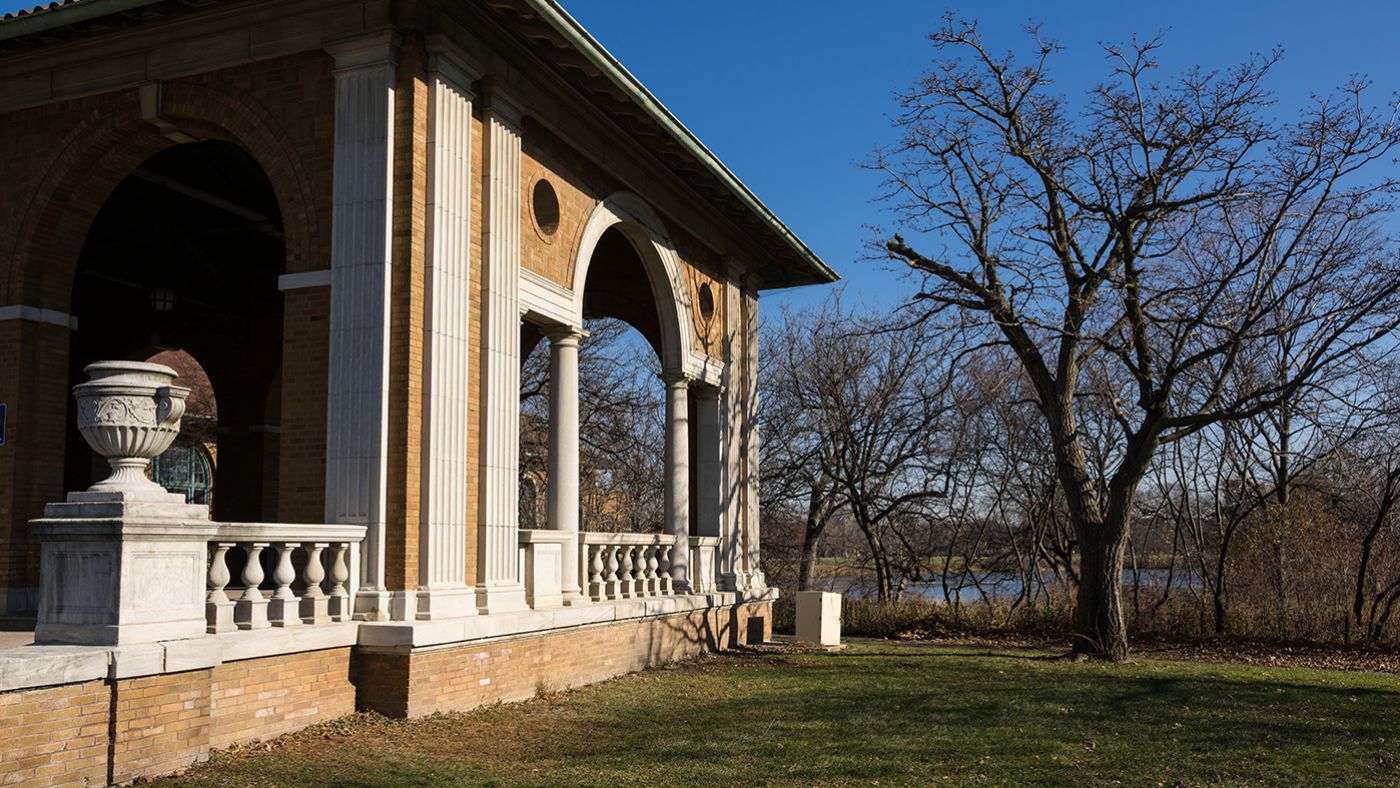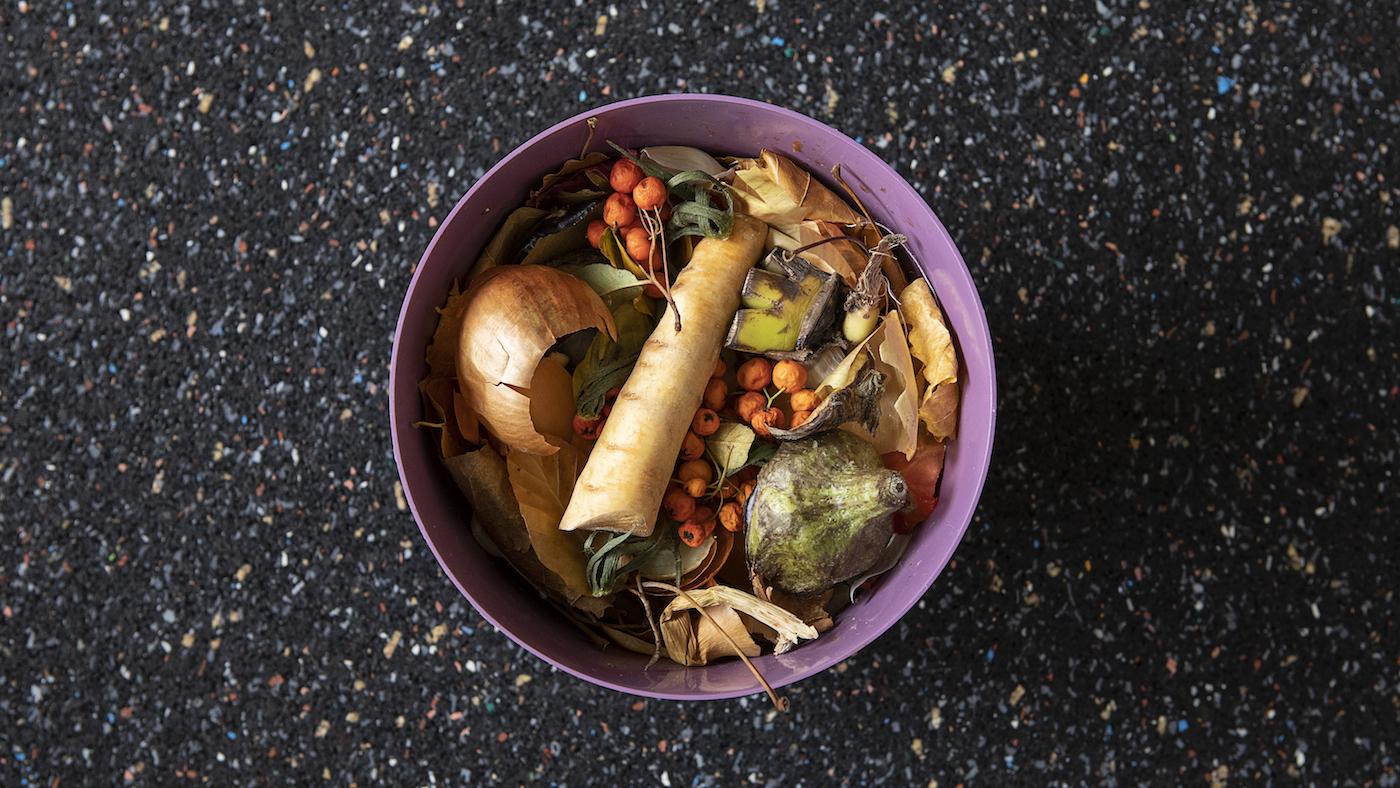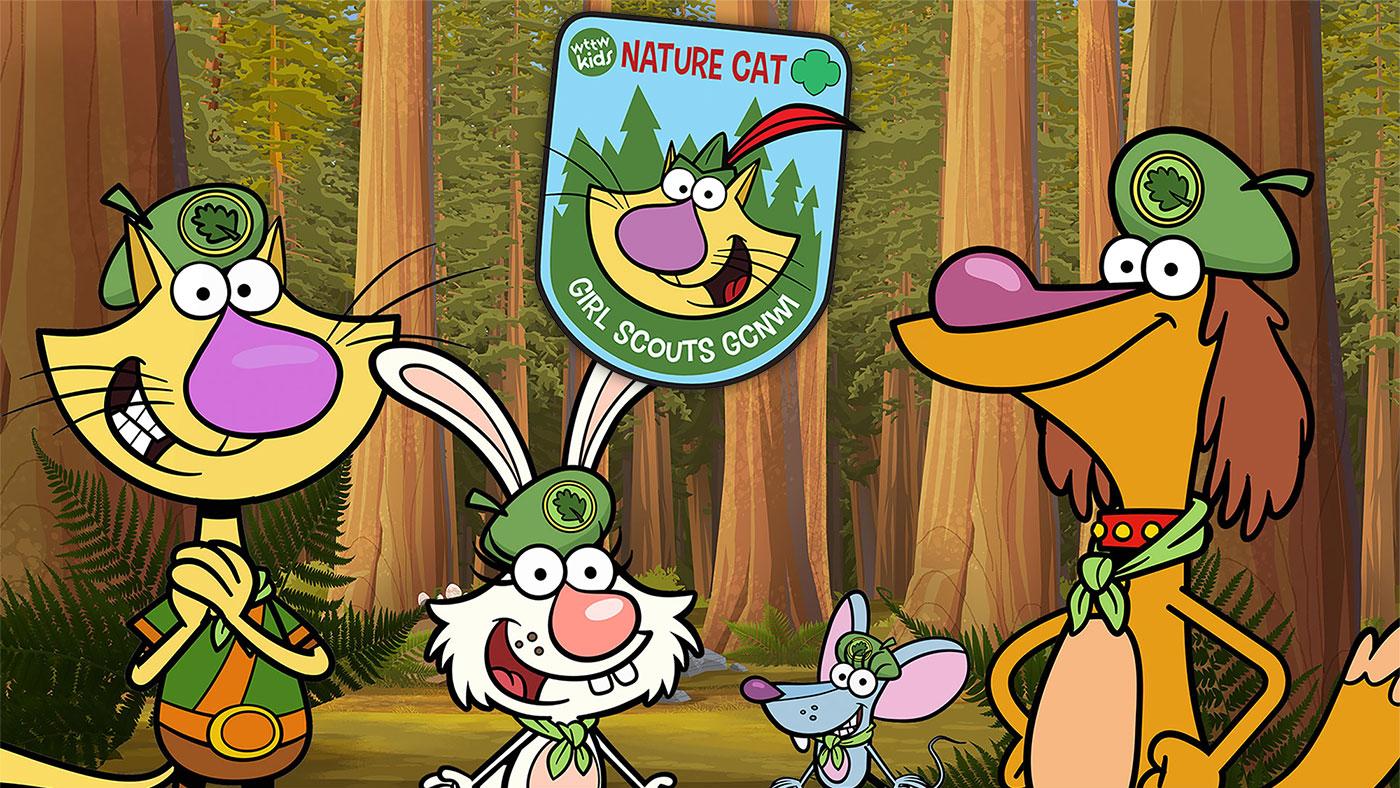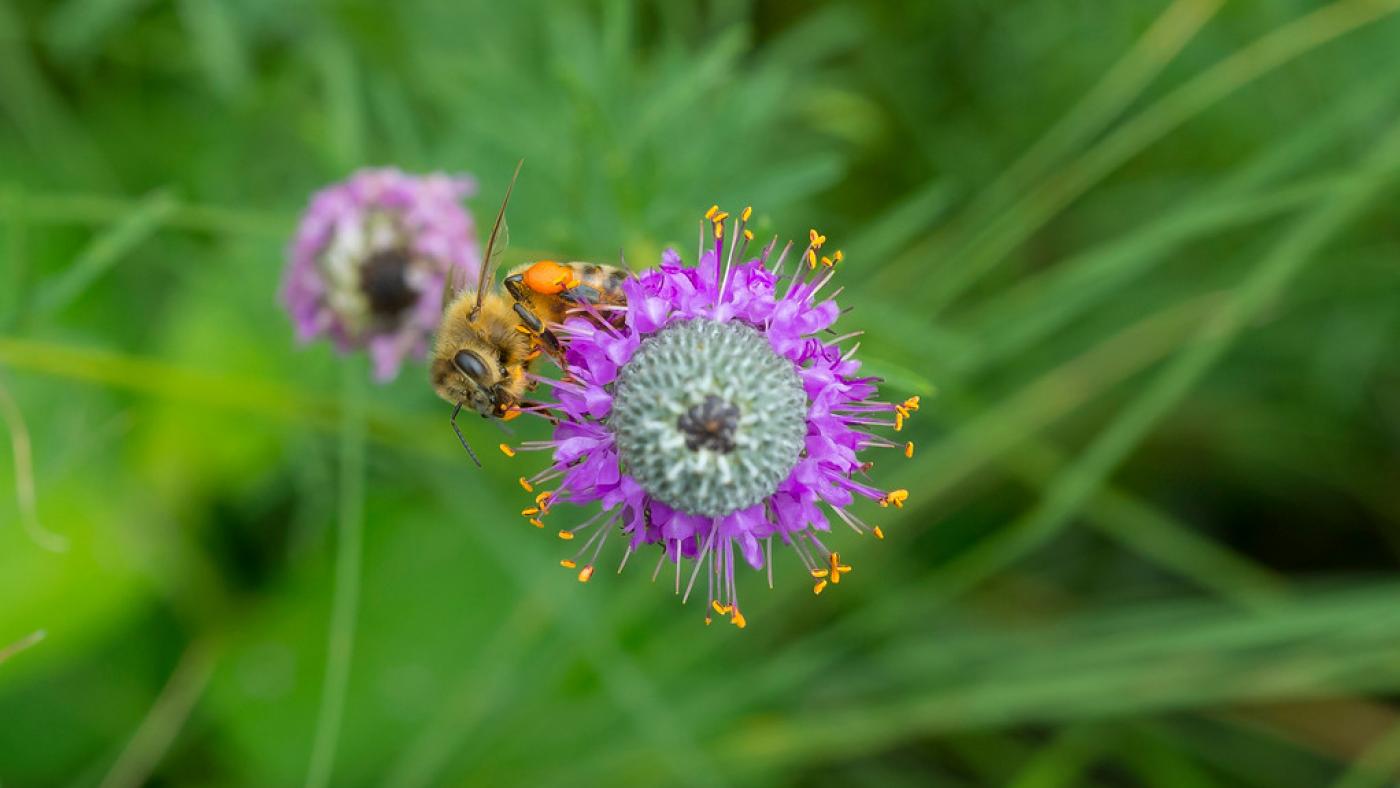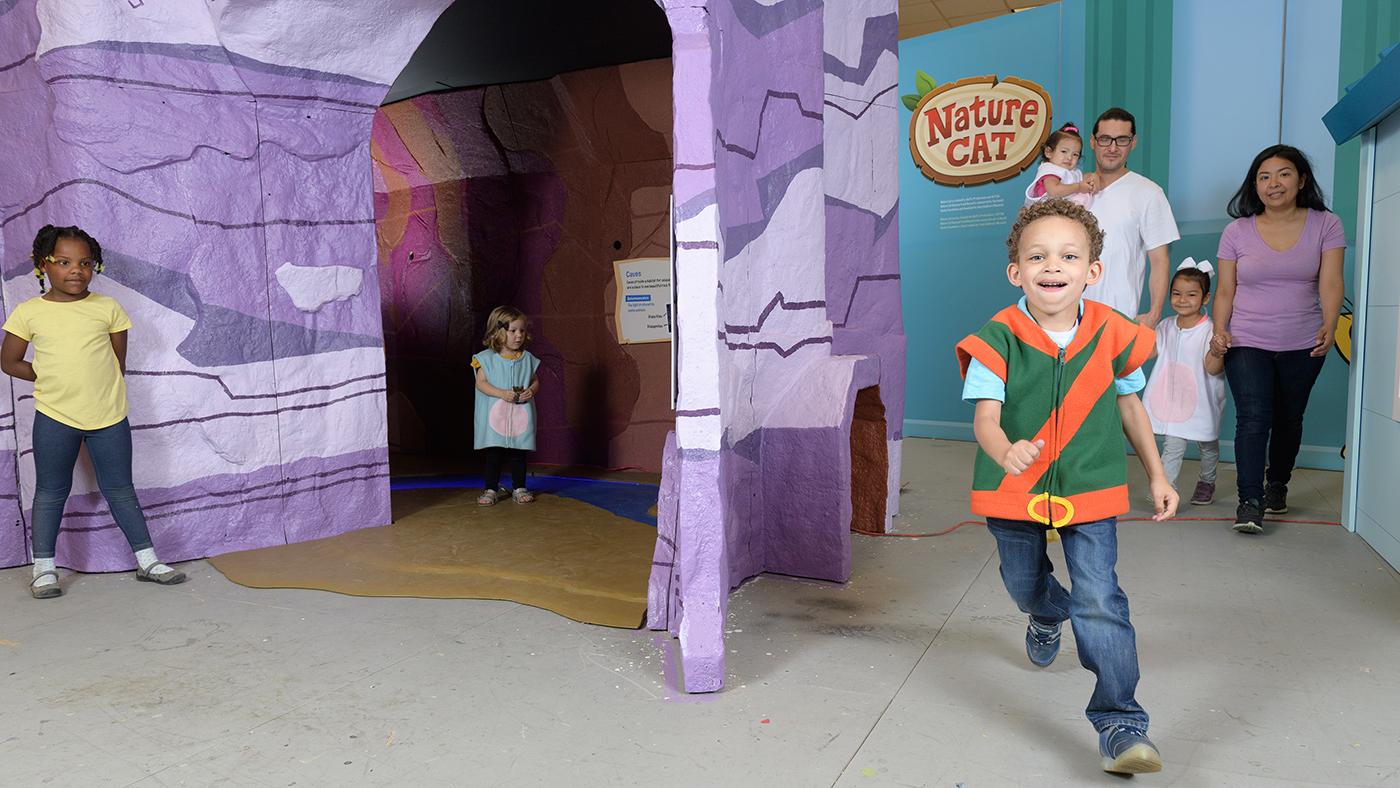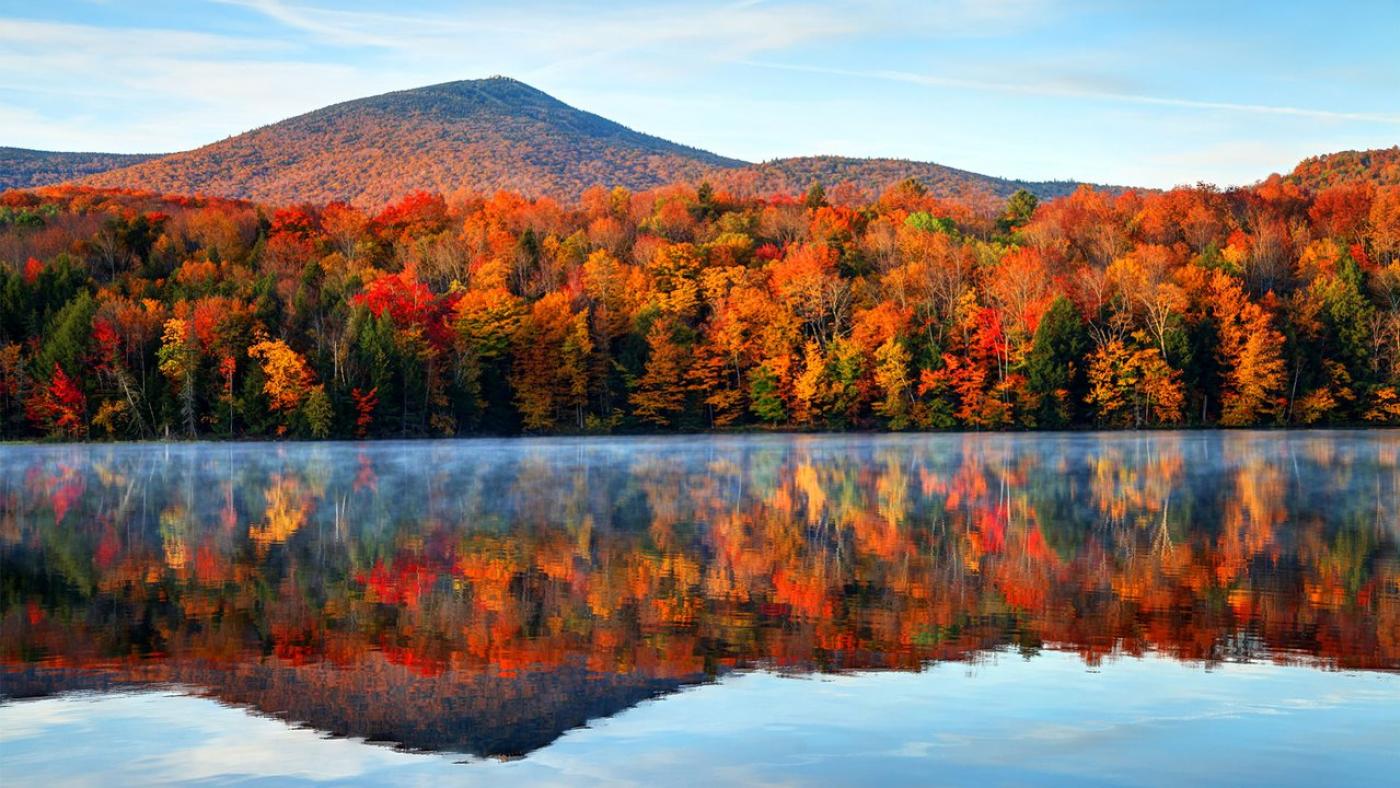A Q&A with an Expert Featured in Ken Burns' 'American Buffalo'
Daniel Hautzinger
October 12, 2023
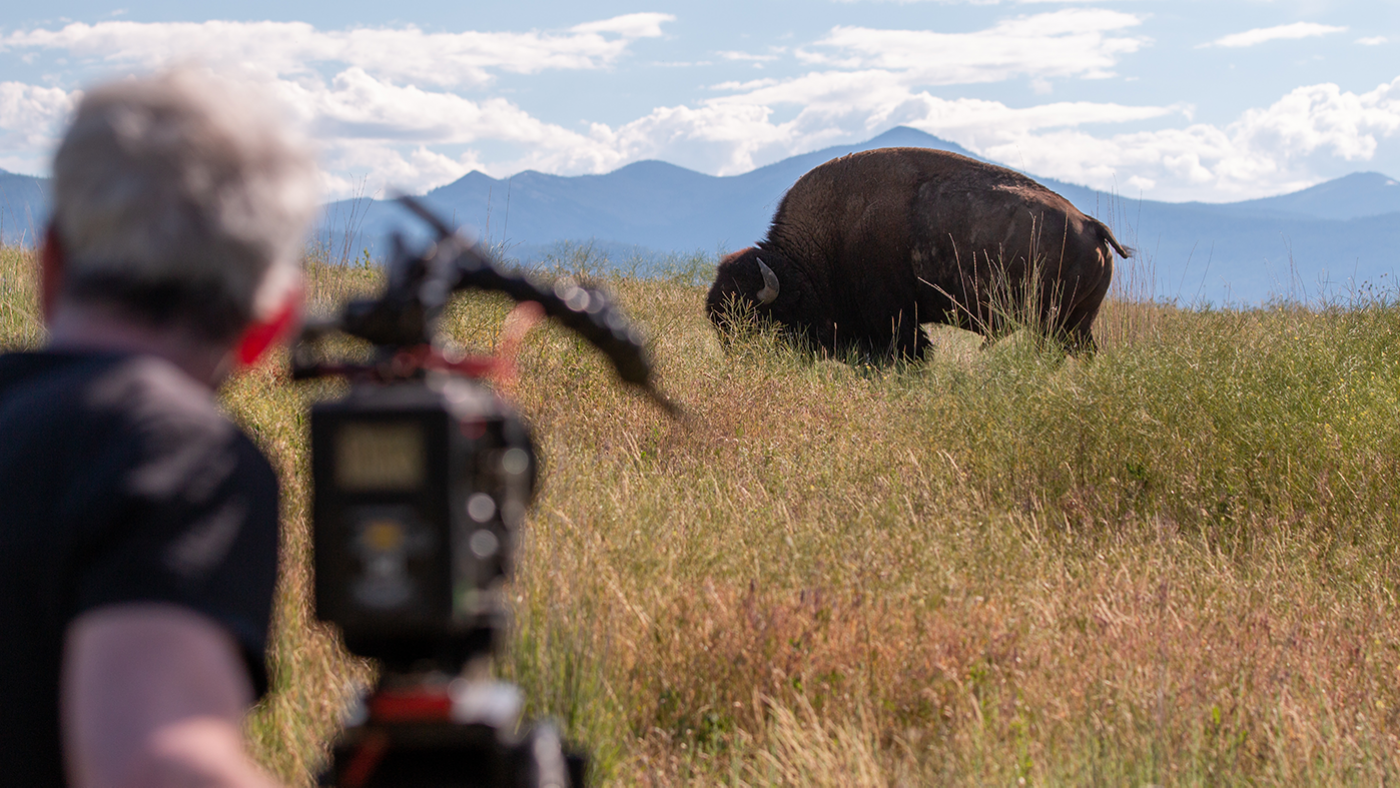
The American Buffalo premieres on Monday and Tuesday, October 16 and 17, at 7:00 and 9:00 pm on WTTW, the PBS app, and wttw.com/americanbuffalo.
The latest Ken Burns documentary tells the story of the United States’ national mammal, The American Buffalo, over two parts. The story is one of near-extinction thanks to ruthless human exploitation, followed by a remarkable return shepherded by human conservation.
Throughout it all, Indigenous people have maintained a special relationship to bison. Rosalyn LaPier is an enrolled member of the Blackfeet Tribe of Montana and Métis, an environmental historian and traditionally trained ethnobotanist, and both an advisor to and expert featured in The American Buffalo. We spoke to the University of Illinois Urbana-Champaign Professor of History about the documentary and the continuing story of bison.
This interview has been condensed and edited for clarity.
The Guide: Can you describe the relationship between bison and Indigenous people?
LaPier: The bison that we know of today as buffalo are the latest iteration of bison who have lived here in North America for thousands of years. The other bison have gone extinct, but the latest version, Bison bison, have been on this continent for at least 10,000 years. Scientists have been doing research to figure out how long Indigenous people have been here; the latest numbers are between 30 and 33 thousand years.
So this particular animal species has always existed with Indigenous people, co-evolving with Indigenous people. And so over those thousands and thousands of years, Indigenous people have, through observation and through practice, developed a lifelong knowledge of how bison behave, and how they use bison.
The Guide: As you say in the film, there are two stories of the bison: the relationship to Indigenous people, and the more destructive one of Americans.
LaPier: I think that one of the takeaways that people should think about as they're watching this film is that it really is an American story. We need to point the finger at ourselves. And I [don’t mean] Native American, by “American.”
We are the ones who are complicit in the utter destruction of this animal. Looking back on our own history, we need to see that greed, and think about how to do it differently the next time. But also to learn from that story: learn how and why it happened. In certain cases, federal policy was in place that was helping provide the marketplace so that there could be this destruction of this particular animal. The Americans [at one time] see bison as a natural resource that can be utilized and mined, that people thought [wouldn’t run out], when, of course, there was an end in sight.
The last part of the story is during the turn of the last century, during the Progressive Era, when some of the people who are the original founders of the preservation and conservation movement also became interested in how to restore bison.
The Guide: The latter part of that story is often held up as one of the biggest preservation or environmental successes. Do you think it is an inarguable success story?
LaPier: Yes and no. It should be celebrated that we were able to restore bison to the large population numbers that we have today, back from the brink of extinction. It is nowhere near what it was 200 years ago, when there were around 50, 60 million bison out on the Great Plains. And it's not an overnight story. It's something that began at the beginning of the 20th century and went all the way to the 21st century, now.
But the flipside of that is that they are still not a free-roaming species. We allow deer to be free-roaming animal species. Deer can go anywhere: they can go in your backyard garden; in the Rocky Mountain West, they’re in every single town and city; and they're out in the wild. All of the bison that we have today are contained somehow. Most of them are behind fences. Some of them are contained by borders. For example, Yellowstone National Park, if they leave, they either get captured and relocated or they get killed.
This is part of the conversation that's occurring now: to what extent will we allow free-roaming bison, and where will this happen? We haven't made that next step, which is, Are we going to allow them to be a free-roaming animal species, or will they just be contained forever?
About a month ago, on the Blackfeet reservation, we actually let loose about two dozen bison to be free-roaming. They’re all tagged, and part of the interest is to see where they go and what they do. The Blackfeet tribe would like to be able to release more bison. But the herd has always been contained.
The Guide: Why do you think it is important to tell this story?
LaPier: I think one of the things that is important about this story is that there has been a bigger effort to include a lot of Indigenous voices, from a lot of different tribal perspectives, to talk about the relationship that those tribal groups have had with bison, how those tribal groups have also been impacted by federal policy, and how federal policy has been detrimental to Indigenous lifeways and Indigenous economies.
Then fast-forward to the 21st century, and part of the message is also, “We're still here.” Indigenous people are still here. Bison are still here. In the same way that bison are being revitalized, Indigenous communities have also spent the last 100 years revitalizing Indigenous community, whether it is religion, or language, or cultural practices, or learning and sharing our own history. There are folks like me, somebody who has a Ph.D. in environmental history, but also has Indigenous knowledge, and is able to blend both of those in their work and in my scholarship. Today we have this larger community of folks who are taking what's positive and useful out of Western society and Indigenous knowledge, and blending those to the benefit of Indigenous communities.

